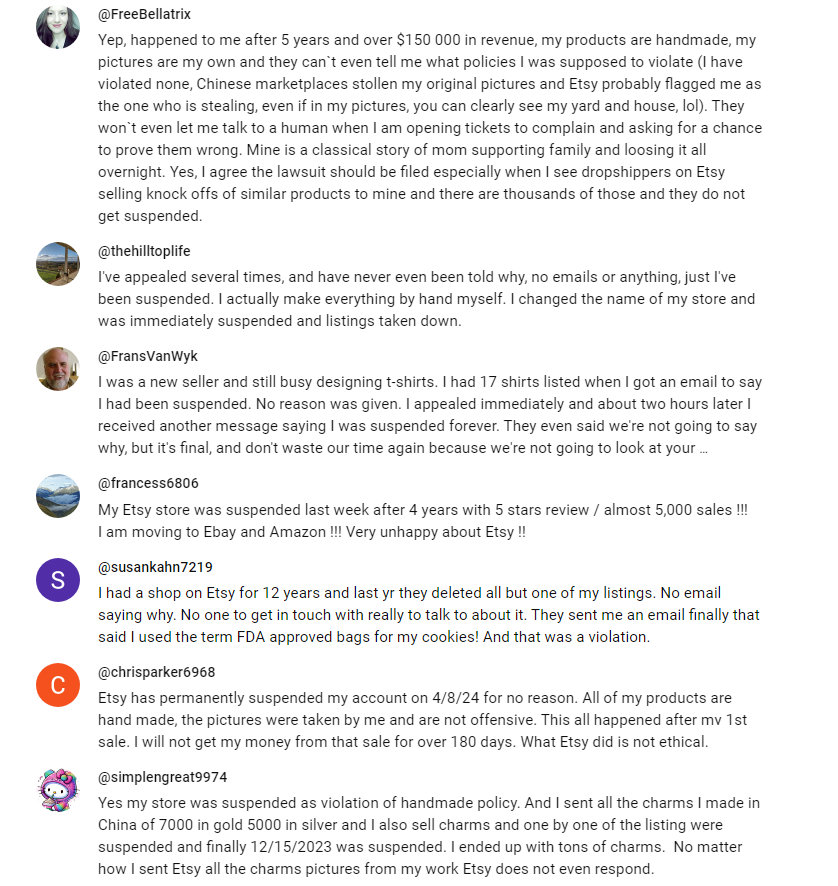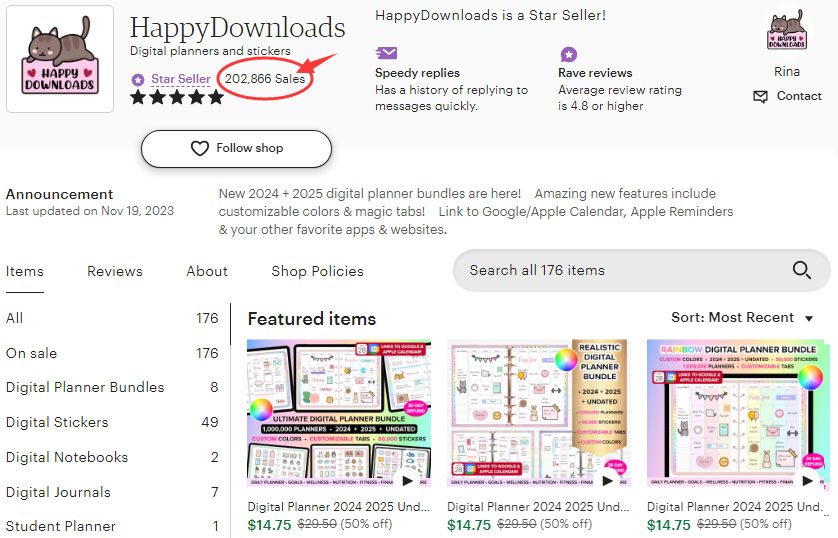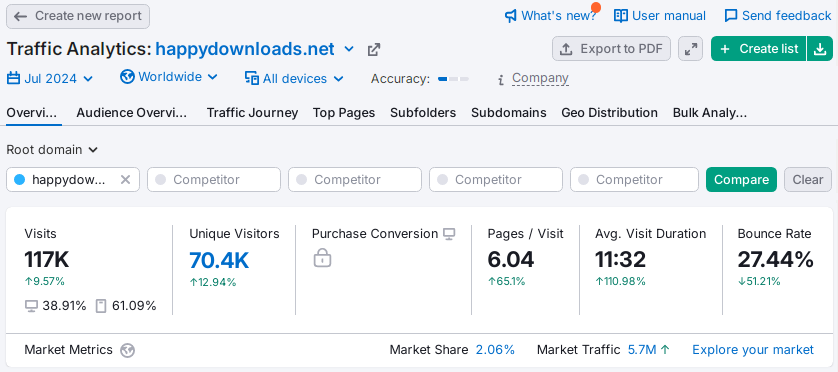Imagine you’re successfully selling on Etsy, making around $100 to $200 a day. That’s about $5,000 to $6,000 a month, enough to consider going full-time and quitting your job. Then, one morning, you wake up to an email from Etsy saying your account has been suspended. Panic sets in. You email Etsy for an explanation and get a template response, or worse, no response at all. Now, you’re left without a job or a business. This isn’t a hypothetical situation, it’s a reality many sellers on platforms like Etsy or Amazon face, where their accounts can be banned or shut down without clear reasons, leaving them with no control. Especially on Etsy, where such situations are particularly common. For instance, numerous sellers have shared stories of their shops being closed after many years of operation.

Today, I’m here to share some hard truths that could transform your thinking and potentially make you more money than you ever imagined. This isn’t about putting you down, it’s about revealing what other people might not tell you. You’ve probably watched countless YouTube tutorials about creating digital products and selling them on Etsy to make millions. Yes, you can make life changing money with digital products – I’ve done it. However, that money can vanish overnight if it is not done correctly.
There are three major problems when you are selling on Etsy, but I’ll also share my strategies to overcome them and make even more money.
1. Platform Risk
Etsy is a huge marketplace with more than 400 million visitors monthly. When starting, you can leverage this massive scale and audience. But relying solely on Etsy is risky. Imagine you’ve perfected your product, design, listing, images, and description. Then, a competitor files a copyright strike against your listing just because your product is better, seeing you as a threat. Your listing gets deactivated for ten business days (about two weeks), leading to a significant loss in sales and momentum. And what if Etsy suspends your shop? They’re notorious for doing this. I know a seller who made $800,000 in sales but had his account banned for three months. He lost his momentum, rank, and ultimately, his business.
2. Price Wars
Etsy’s low barrier to entry, especially for digital products, means you’ll face fierce competition. You can’t charge a fair price because the platform is flooded with similar products. Sellers often have to lower their prices to stay competitive. I’ve seen products initially priced at $20 drop to $4 just to remain in the market. Digital products are easy to copy, and competitors can buy your product, make a few changes, and sell it at a lower price. Without building a brand, you become just another commodity.
3. Scalability
Your goal is likely to replace your 9 to 5 job, which is possible but challenging if you depend solely on a marketplace. For example, selling a budgeting template for $2 means you need to sell 2,500 templates every month to make $5,000. Scaling to $10,000 a month quickly is hard with just Etsy, because you always fear that Etsy could shut down your shop, and you don’t have access to your customers’ emails to promote other products.
Solution: Diversifying and Owning Your Platform
To solve these problems, don’t rely solely on Etsy. For instance, take this successful store, “Happy Downloads” on Etsy with over 202,866 sales. They also have a YouTube channel with over 1000,000 subscribers and direct all their traffic to their website. They get massive traffic from their videos, which have 33 million views every month, and earn from affiliate links as well. According to Social Blade, they earn between $8,000 and $130,000 monthly from YouTube AdSense alone, likely around $128,000. Additionally, Their website drives over 100,000 visits per month, also leading to substantial sales. This means that they have complete control over the customer experience and avoid Etsy’s selling fees.


By diversifying their traffic sources, they minimize platform risk. If Etsy goes away, they still have other sources.
Selling on your website also means that you don’t have to compete with other sellers, allowing you to set your prices. For instance, a person selling motion templates on their website made $70,000 in a month without an Etsy shop and could charge $79 for their templates, unlike the $10-$20 on Etsy.
Creating content for social media can significantly increase traffic. Platforms like YouTube, TikTok, and Instagram boost new accounts’ reach, allowing you to create one video and post it on multiple platforms, leveraging current trends. Once you build a solid business with consistent traffic and healthy profits, you can sell it for about 30 to 40 times your monthly profit. For example, if you make a net profit of $20,000 a month, you could sell your business for $600,000 to $800,000.
If you want to learn more about building a sustainable business beyond Etsy, please explore more in-depth articles on our blog, including website platforms, apps, and strategies to scale a digital product business.
Conclusion
Etsy is a great starting point for beginners but shouldn’t be the endpoint for a sustainable business. To build any business, start with an idea. If you’re looking for new digital product ideas, please check out my recent articles on Etsy stores making over $100,000 a month and how to scale with the strategies discussed today.